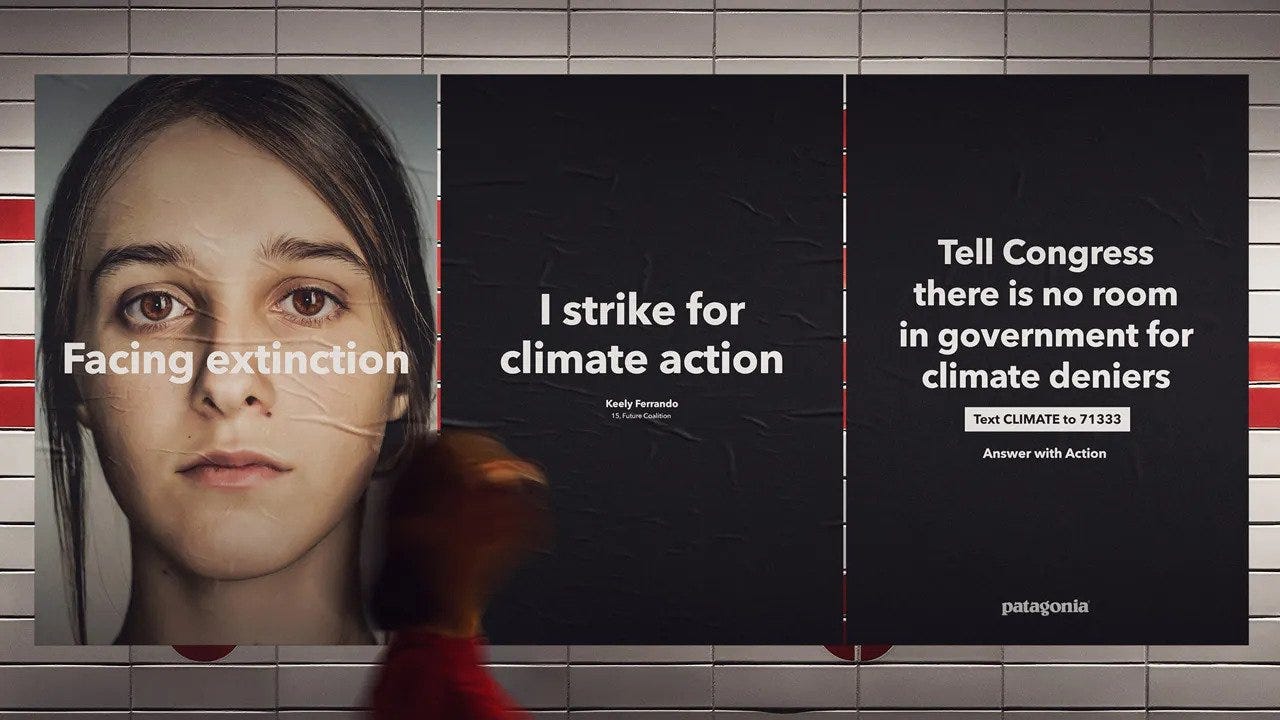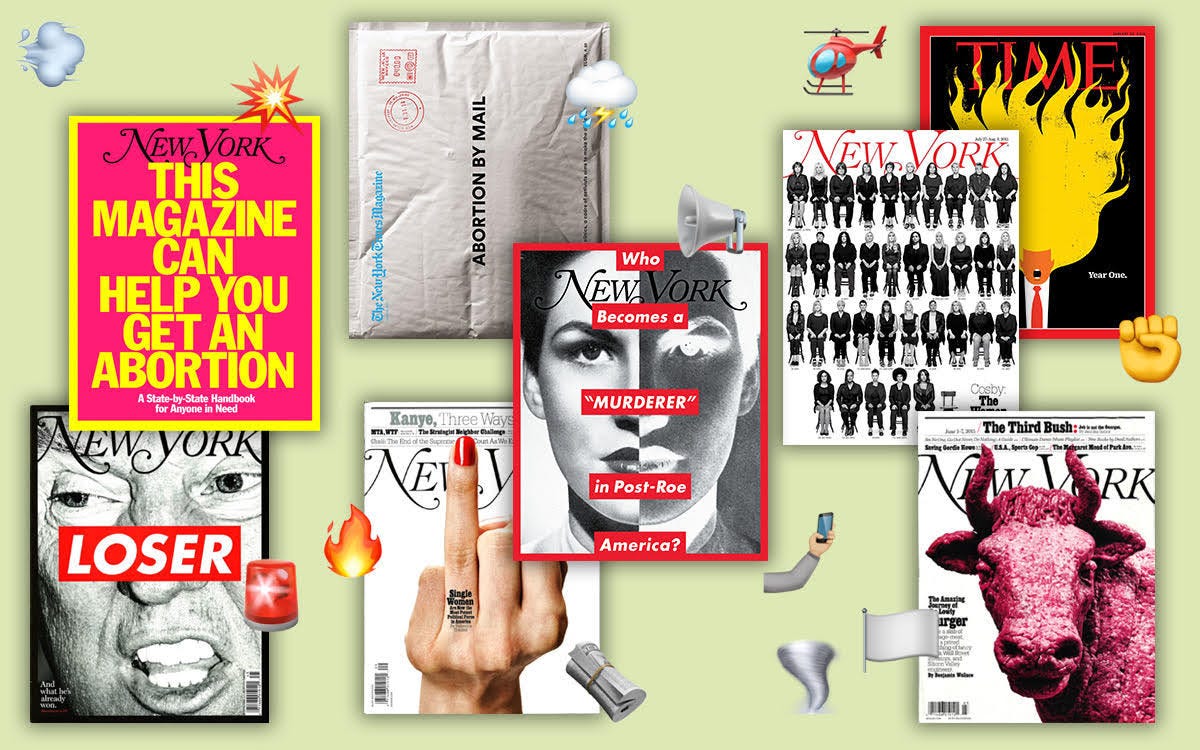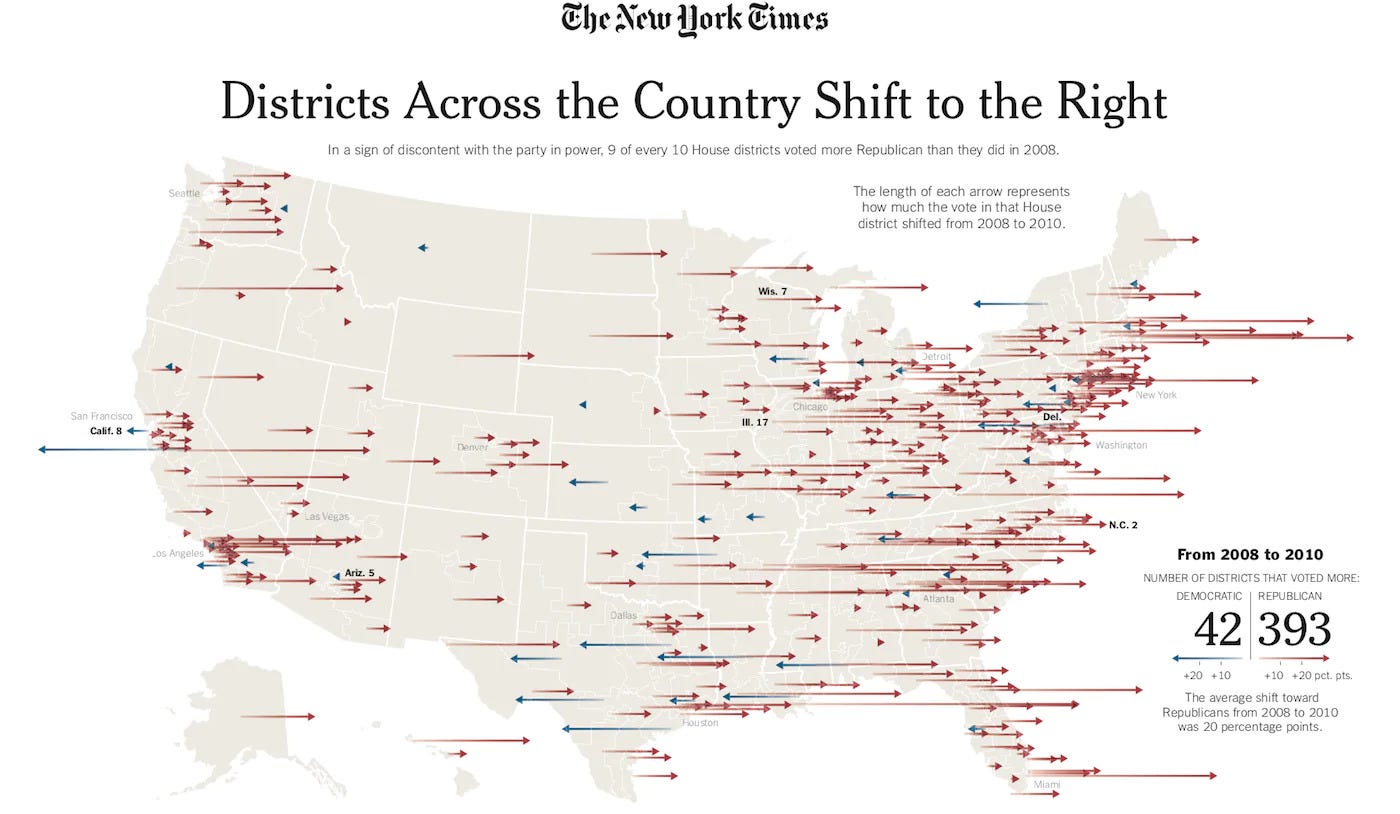Pandemic, war, climate crisis, racism, nationalism… We’re going through tough times in history, it’s hard to deny it: every day seems like a challenge. If we can’t be sure about tomorrow, why should we care about the present time? We’re scared of reality, we’re scared of the future. Our world is collapsing in ashes and heat, human rights are being removed, food is lacking, a nuclear war is becoming a threat, zombies are invading us… ok just kidding about the last one (for now), I wanted to ease up the mood a bit. But we must admit that sometimes it feels like we’re living a true sci-fi movie. You might ask yourself, ok Chiara but what the hell does this has to do with design?
Well, today almost everything we interact with is designed by someone. Design is not about making things pretty, decorating, or creating luxurious objects. Design is about influencing the way people perceive things, experience them, and interact with them. That’s why now more than ever designers need to be political and get involved: every single thing we produce can have an impact on others. And that impact could be way bigger than we think.

Let’s start with an easy example. Patagonia is a well-known American retailer of outdoor clothing that is deeply involved in fighting climate crisis. This commitment has grown during the years, culminating in an action that shook the world in September 2022: Mr. Chouinard, the brand owner, gave away the $3 billion company to a specially designed trust and a nonprofit organization. As The New York Times reports:
Patagonia has always shown its political side through committed brand communication, paired with actions that showed genuine intentions. An example? When in June 2022 the U.S. Supreme Court overruled the constitutional right to abortion in America, Patagonia offered to pay bail for employees arrested in abortion protests.

Patagonia’s designers know well how important it is for the brand and its credibility to remain true to its own value; that’s why they are not scared to get political every time it’s needed.
“Don’t buy this jacket” is probably the most well-known Patagonia ad ever. Actually, it might be one of the most well-known ads in the history of advertising. Why is it considered so revolutionary? It was published on the Friday, November 25th, 2011 edition of New York Times. Yes, you read correctly, it was released during the wildest shopping day of the year: Black Friday. For the first time, a famous brand did the opposite of what it was expected to: instead of sponsoring its products, it invited the public not to buy them. A simple sentence, paired with a clear image, helped the public to reflect on the impact of each purchase. Patagonia later addressed this ad on its website:

Brand advertising, though, represents only a small part of how design can interact with daily problems. In an article published on August 18th, 2022 on the online magazine Aiga, Eye on Design we read that magazine covers are becoming more and more the “political posters of our times”. If we think about it, this is such an accurate statement: publishers and politicians are getting aware that graphic design can convey complex messages in powerful and direct ways.
Why does this happen though? Piotr Winkielman, a social psychologist of the UC San Diego, affirms that emotionally charged pictures speak more directly to us than words. Perhaps they work through an older, more immediately reactive, brain system, while words, which can be nuanced and ambiguous, might require more thought before they are able to affect us.
If we think about powerful images, paired with a short and direct copy, it’s possible to understand the power these visuals hold on our minds.

But design today speaks also by numbers: relating massive amounts of data through graphic understandable forms allows to transmit a certain message to the public. That’s why data visualization is becoming popular these days. If images communicate better than words and people attention span is drastically shortening, visualizing complex informations could be very important for future readers.
And all in all, making data more understandable also means making knowledge more accessible: if the public is well educated, it can also choose with more conscience.
Designers are the true influencers of our society, bending people beliefs and tastes on different sides. As communication professionals we need more than anyone else to think, speak and act as conscious humans, while carefully analyzing the world around us. If we do that and we act accordingly, change can happen every day, project by project.